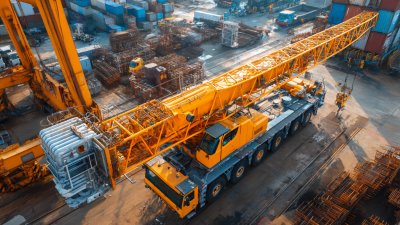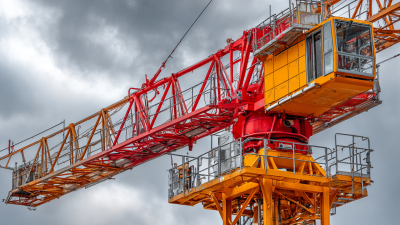When embarking on a construction project in Iowa, selecting the right crane is crucial to ensuring efficiency, safety, and overall success. According to a recent report by the American Crane Association, the improper choice of lifting equipment can lead to project delays, increased operational costs, and heightened safety risks. As the construction industry continues to evolve, with a projected growth rate of 4.5% annually in the Midwest region, understanding the specific requirements of your project becomes more imperative than ever.
With various types of cranes available, from mobile and tower cranes to crawler and mini cranes, discerning the appropriate Iowa crane for your needs involves careful consideration of factors such as load capacity, site conditions, and project duration. A study by the National Association of Heavy Equipment Training Schools indicates that improper crane selection can lead to a staggering 20% decrease in productivity, emphasizing the need for due diligence in this critical aspect of project management. This article provides ten essential tips to guide you in making the well-informed decision that will contribute to the successful execution of your construction objectives.
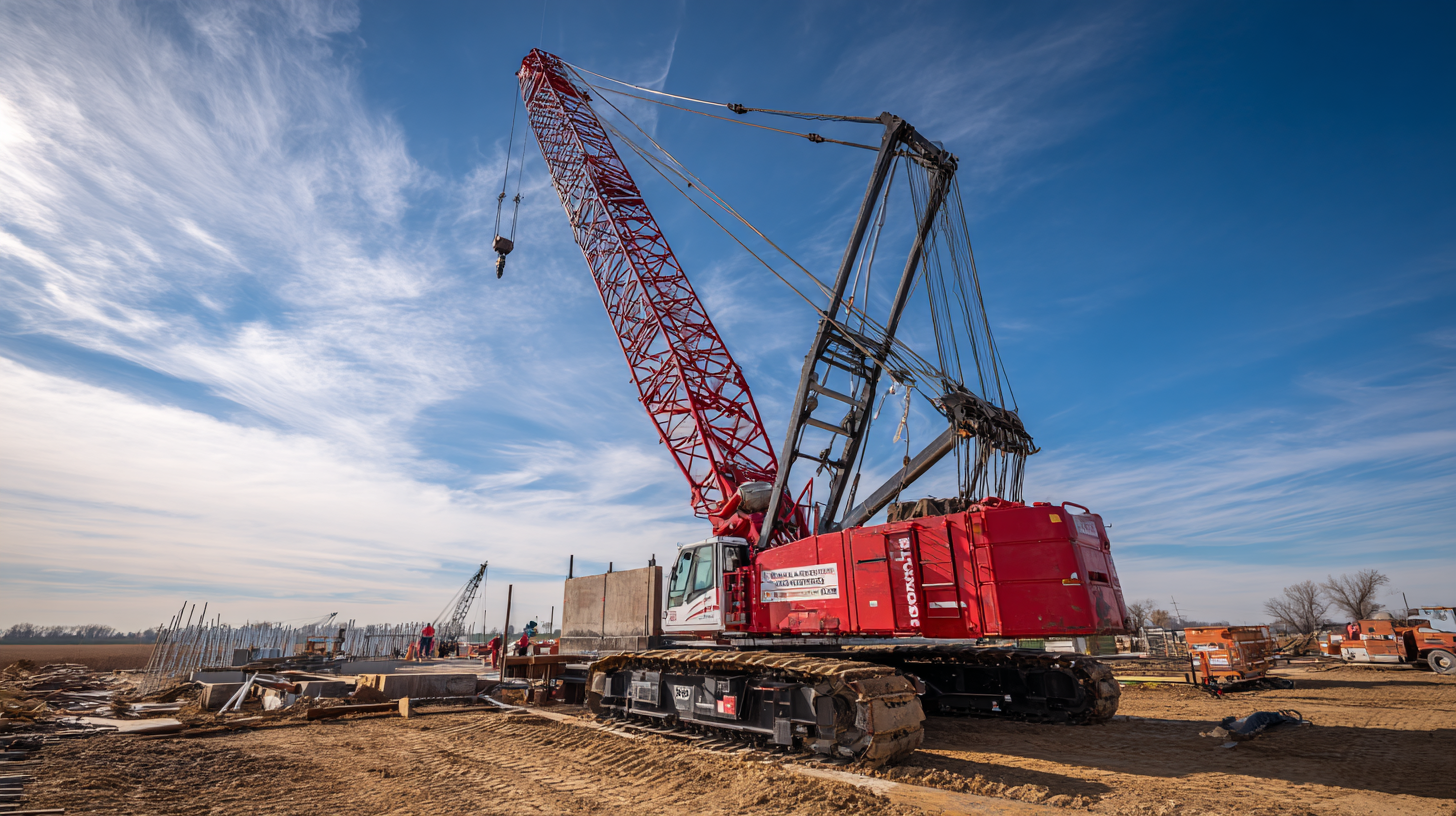
When embarking on a construction project in Iowa, understanding the various types of cranes available is crucial to ensuring efficiency and safety. Iowa's construction landscape offers a range of cranes, each tailored to specific tasks. For instance, mobile cranes are versatile machines ideal for projects requiring frequent location changes, while tower cranes are perfect for high-rise constructions due to their impressive lifting capacity and height. According to a report by the American Rental Association, mobile cranes account for approximately 30% of the crane market share in the Midwest, indicating their popularity and effectiveness in diverse construction environments.
In addition to mobile and tower cranes, Iowa also offers specialized cranes such as crawler cranes, which are designed for heavier lifting on rough terrains. This type of crane has been vital for projects in areas like the wind turbine industry that requires robust machinery capable of handling substantial loads. Industry statistics reveal that the demand for crawler cranes has surged by 15% over the past three years in Iowa, reflecting the state's ongoing investment in infrastructure and renewable energy projects. Understanding these different cranes' capabilities and applications is essential for selecting the right equipment that aligns with project requirements and operational efficiency.
When selecting a crane for your construction project in Iowa, several key factors come into play to ensure you make the right choice. First, consider the specific requirements of your project, such as the weight and dimensions of the materials that need to be lifted. This assessment will help determine the type of crane necessary, whether it’s a mobile crane, a tower crane, or a crawler crane, each suited for different lifting capacities and site conditions.
Another critical consideration is the site environment. Factors such as ground conditions, overhead obstacles, and the space available for crane operation can greatly influence your decision. It’s essential to evaluate whether the crane can maneuver effectively on the site, especially in tight areas or if there are uneven surfaces. Additionally, check the reach and lifting height to ensure the crane can meet all operational requirements without compromising safety or efficiency during the project timeline. Investing time in these considerations will help streamline your construction operations and enhance overall project success.
| Tip No. | Tip | Key Considerations |
|---|---|---|
| 1 | Assess Project Requirements | Identify the weight and type of materials to be lifted. |
| 2 | Determine the Crane Type | Choose between crawler, tower, or truck-mounted cranes based on site conditions. |
| 3 | Evaluate Site Accessibility | Ensure the crane can reach all necessary locations safely. |
| 4 | Check Local Regulations | Understand permits and regulations required for crane operation in Iowa. |
| 5 | Consider Lift Height | Determine the necessary lifting height for your project. |
| 6 | Assess Ground Conditions | Evaluate soil strength and stability for crane placement. |
| 7 | Plan for Rigging Requirements | Select appropriate rigging materials for safety and efficiency. |
| 8 | Budget for Costs | Include rental, operation, and insurance costs in your budget. |
| 9 | Select a Reliable Operator | Ensure the operator has proper certifications and experience. |
| 10 | Schedule Maintenance Checks | Perform regular maintenance to ensure crane safety and performance. |
When selecting the right crane for your construction project in Iowa, evaluating load capacity and reach is crucial. The load capacity determines how much weight the crane can safely lift at any given time. It's essential to assess the specific materials and equipment you intend to lift to select a crane that meets or exceeds these requirements. Consider factors such as the weight of the heaviest load, the potential for additional items, and the frequency of lifting activities. This thorough understanding will prevent operational disruptions and ensure safety on-site.
In addition to load capacity, the reach of the crane plays a significant role in its effectiveness for your project. The reach indicates how far the crane can extend its boom to lift and position materials. Analyze the layout of your construction site and determine the distances required to maneuver loads effectively. A crane with insufficient reach could hinder progress and lead to logistical challenges. By carefully considering both load capacity and reach, you can choose a crane that not only fulfills your project's technical requirements but also enhances overall efficiency and safety.
When selecting a crane for your construction project in Iowa, understanding safety regulations and compliance is paramount. The Occupational Safety and Health Administration (OSHA) outlines specific guidelines for crane operations, emphasizing the importance of adhering to state-specific regulations. According to a 2023 report by the Iowa Department of Labor, there were over 30 crane-related incidents in the state last year, underscoring the necessity of strict compliance with safety standards.
Furthermore, local regulations may require unique safety measures, including operator certifications and equipment inspections. It's crucial to ensure that all operators possess the necessary qualifications, such as certification from recognized bodies like the National Commission for the Certification of Crane Operators (NCCCO). A survey conducted by the Crane Safety Alliance revealed that projects compliant with safety regulations are 40% less likely to experience accidents, highlighting the significant impact that rigorous adherence to safety protocols can have on project outcomes. Investing time into understanding and implementing these regulations not only enhances workplace safety but also fosters a culture of accountability and professionalism within your construction team.
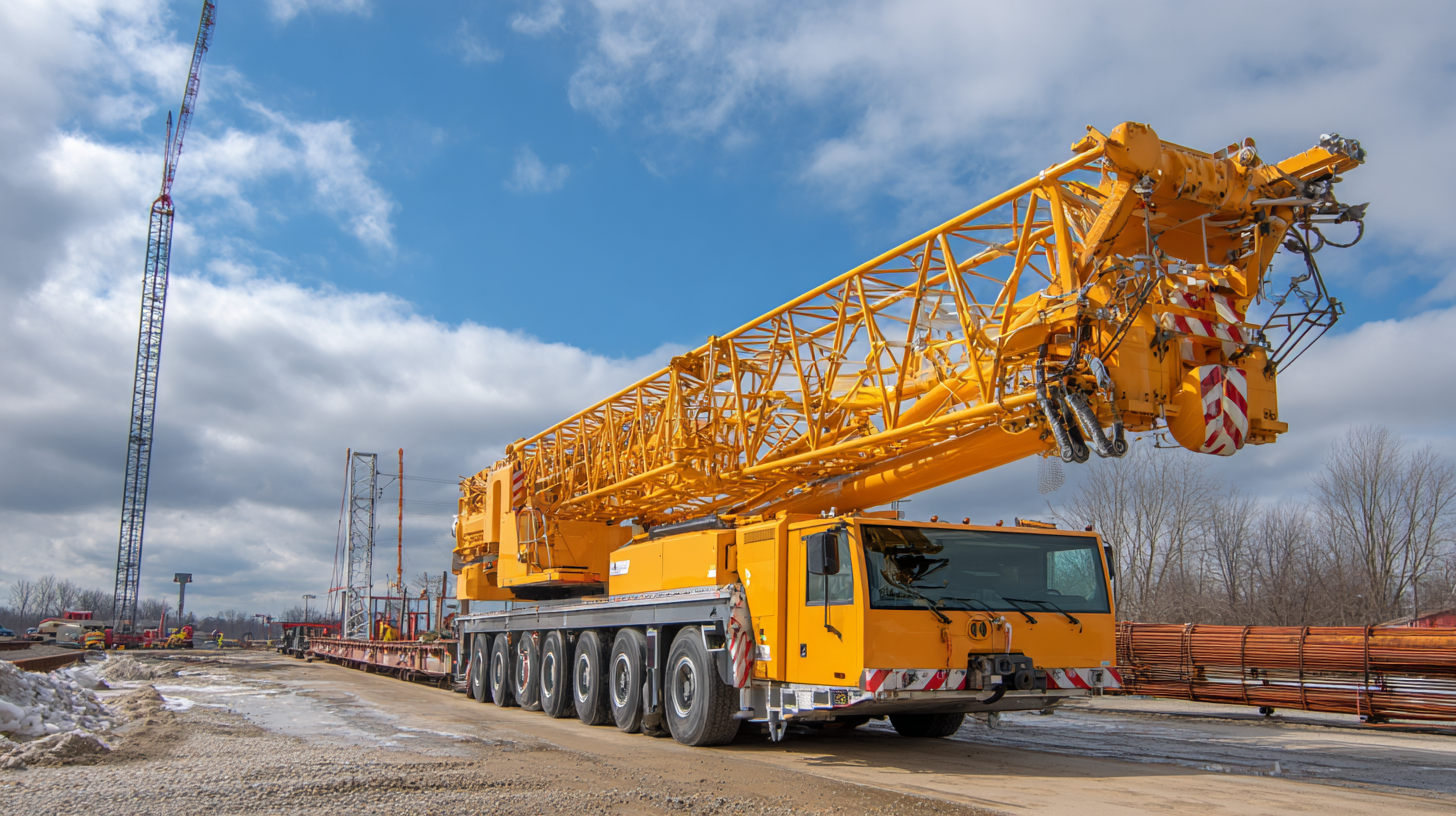
When it comes to utilizing a crane in your construction project in Iowa, one of the crucial financial decisions is whether to rent or purchase. Renting a crane can be an attractive option, especially for short-term projects or those with fluctuating schedules. It allows for flexibility without the significant upfront costs associated with purchasing. Moreover, renting can also include maintenance and insurance, easing the burden on project budgets and management.
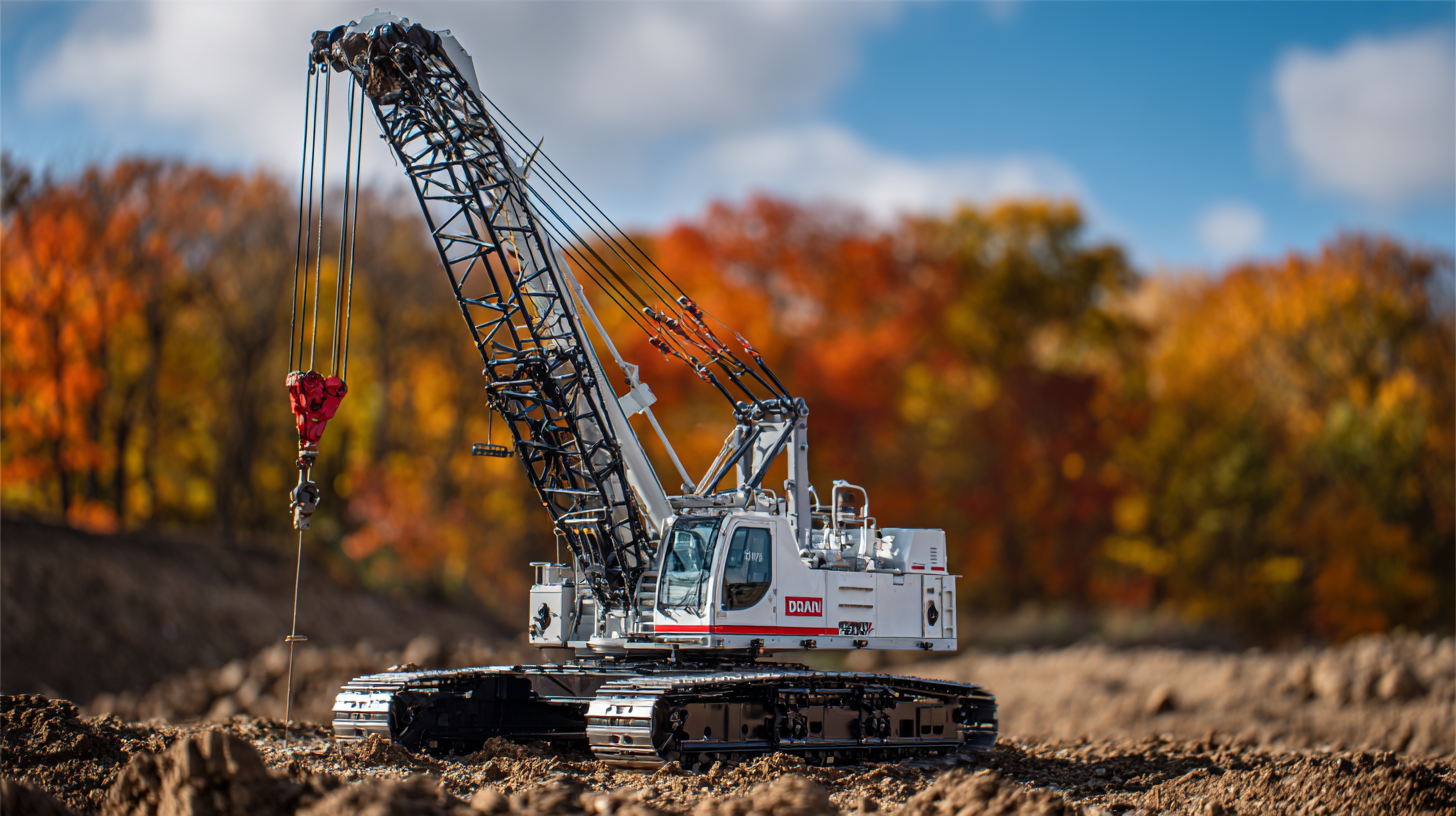
On the other hand, purchasing a crane may be the best financial decision for long-term projects or frequent use. While the initial investment is higher, owning equipment can reduce costs over time, as you won’t have to pay ongoing rental fees. Additionally, buying a crane ensures that you have complete control over the equipment’s availability and use.
Evaluating the duration and frequency of your construction needs, along with your budget constraints, will help you determine the best approach for crane utilization, allowing for a strategic decision that aligns with your project’s goals.

